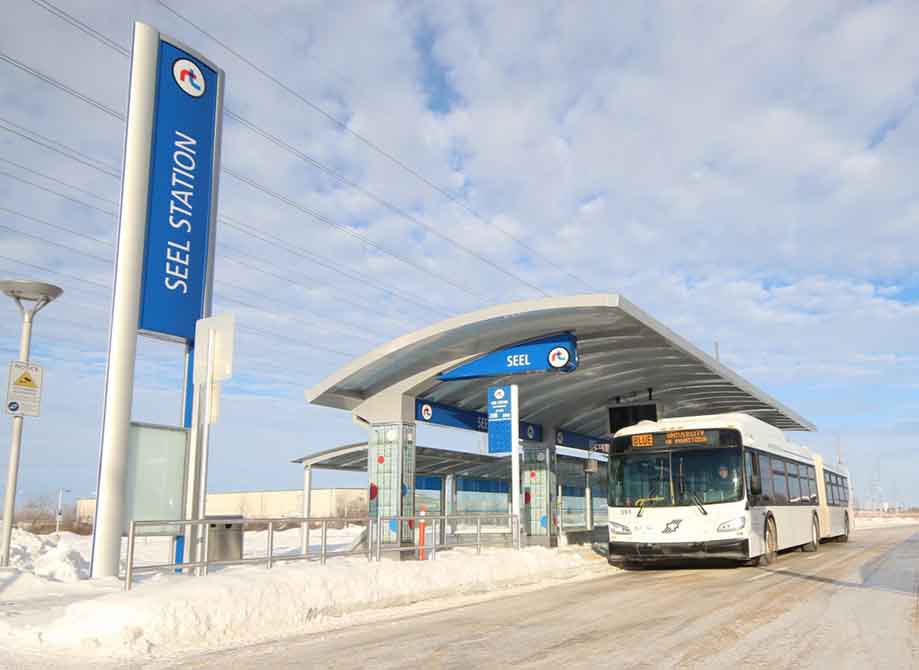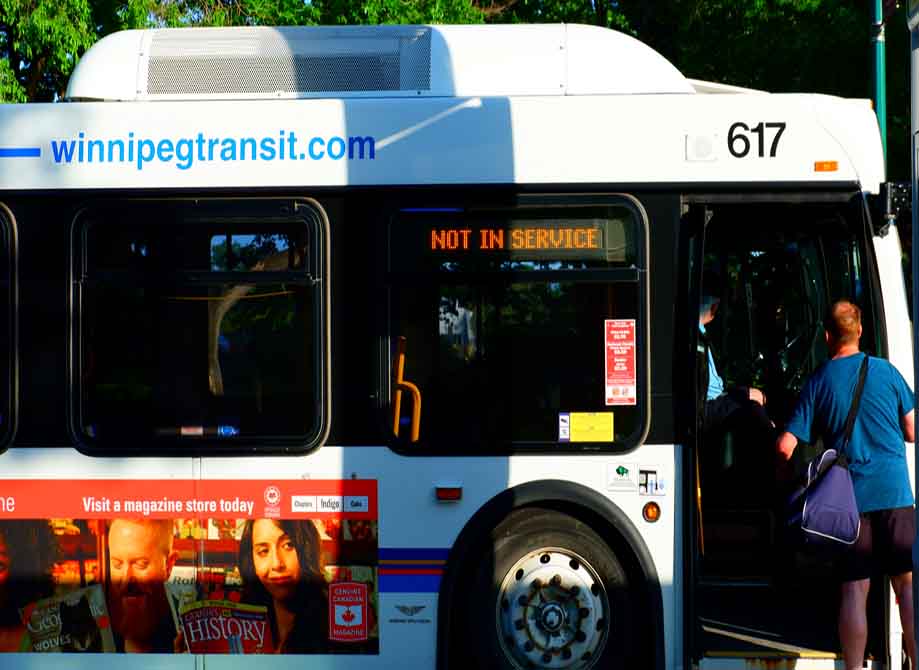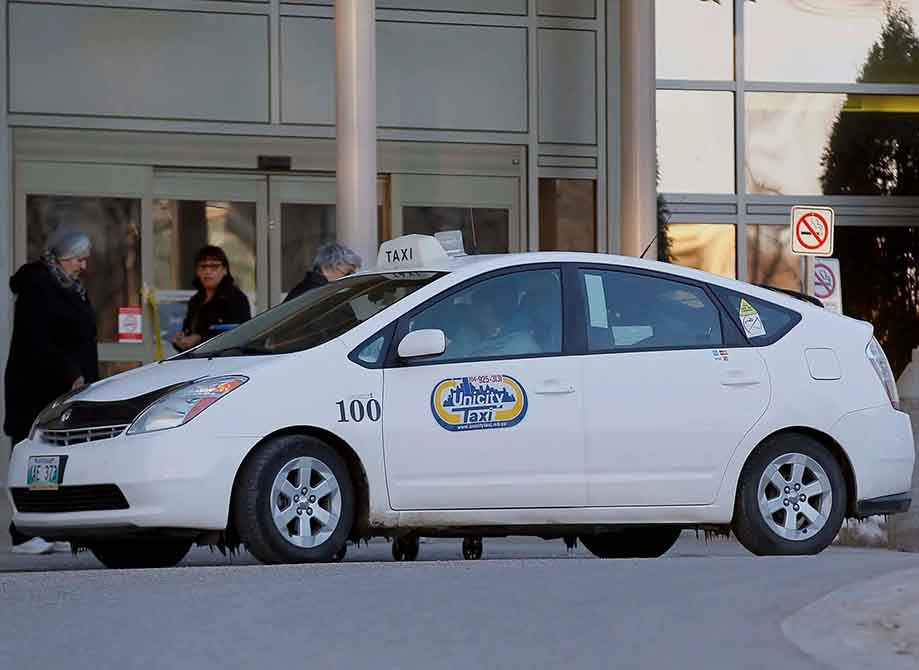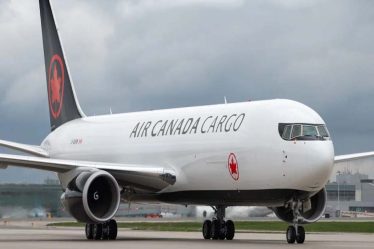
Winnipeg, the capital of Manitoba in Canada, is a vibrant city full of life. Whether you’re visiting the city for the first time or planning to explore it in depth, knowing how to efficiently and conveniently use the public transportation system is crucial. This guide will provide you with comprehensive information on the three main types of public transportation in Winnipeg: buses, light rail, and taxis. We’ll cover everything from preparation, boarding, ticketing, and tips to ensure you can easily navigate the city and enjoy all it has to offer.
Great Value Vacation
Unlock a world of effortless travel with Great Value Vacation! We stand out by offering all-in-one packages that bundle flights, cozy stays, and extra perks for a seamless journey. No more puzzling over travel details – we've got it all covered. Great Value Vacation – Your stress-free ticket to unforgettable adventures!
1. Overview of Public Transportation in Winnipeg
Winnipeg’s public transportation system is relatively simple and efficient, consisting of three main modes: buses, light rail (Future Rapid Transit), and taxis. Below is a detailed introduction to each mode of transportation to help you understand which one is best for your needs.
2. Winnipeg’s Bus System
1. Introduction to Winnipeg Transit
Winnipeg’s bus system is operated by Winnipeg Transit and is the most common form of public transportation in the city. Buses cover both the urban core and suburban areas, making them suitable for most short and medium-distance travel. The bus system is not only cost-effective but also runs frequently, making it ideal for both tourists and local residents.
2. How to Take a Bus
Taking a bus in Winnipeg is very straightforward. First, you’ll need to know the bus routes and stops. Winnipeg buses typically have clear signage and maps. You can check all the bus routes and real-time information through Winnipeg Transit’s official website or by downloading a dedicated bus app.
- Bus Routes and Stop Information: There are several bus stops throughout Winnipeg’s downtown and suburban areas. Each stop has clear signs, indicating which routes stop there. The most common buses are numbered, such as Route 20, Route 60, etc.
- Waiting for the Bus and Boarding: When you are at a bus stop, simply confirm the route you need to take. Buses arrive according to the schedule, so make sure you’re waiting at the right stop. Pay attention to the bus direction and destination to ensure you are boarding the correct bus.
3. How to Buy Tickets
Winnipeg buses accept Tap Cards (electronic cards) or single-ride tickets. You can purchase tickets in several ways:
- Tap Card: Tap Cards can be purchased at shopping malls, retail stores, or bus stations in Winnipeg. Simply tap the card on the reader onboard to complete payment.
- Single-Ride Tickets: If you don’t plan to use public transit regularly, you can buy a single-ride ticket. These tickets are available onboard the bus or at automatic ticket machines at bus stations.
- Stored Value Cards: These cards can be preloaded with money and used on buses, providing a convenient and fast way to pay for your rides.
4. Ticket Prices and Fees
Winnipeg’s bus fares are very affordable, making them an excellent choice for budget-conscious travelers. Here are the current fares:
- Adult Fare: $3.15 CAD (single ride)
- Senior/Student Fare: $2.60 CAD (single ride)
- Child Fare: $1.50 CAD (single ride)
Additionally, Winnipeg Transit offers day passes and monthly passes, which are useful for people who need to ride the bus frequently.
5. Important Tips
- Before boarding, make sure you are aware of your destination and double-check that you’re on the correct route.
- Don’t forget to bring exact change or a Tap Card, as some buses may not accept credit card payments.
- Try to avoid rush hour (e.g., during morning and evening commutes), as buses can get crowded during these times.
3. Winnipeg’s Light Rail (Future Rapid Transit)
1. Overview of the Light Rail System
The Future Rapid Transit (FRT) is part of Winnipeg’s long-term plan to enhance public transportation efficiency and accessibility. While only a portion of the lines are currently operational, it represents the future of transportation in Winnipeg and is expected to greatly reduce traffic congestion within the city. The light rail is faster than buses and ideal for those needing to travel across large parts of the city.
2. How to Take the Light Rail
- Routes and Stops: The light rail system in Winnipeg currently covers key urban areas, including major commercial centers and residential districts. You can check the specific routes and stops through the official website or a mobile app.
- Convenience of the Light Rail: Light rail trains run more frequently than traditional buses. You don’t typically need to purchase a ticket in advance; just tap your card when boarding.
3. Tickets and Fees
The fare system for light rail is similar to that of the bus. You can use Tap Cards, single-ride tickets, or monthly passes to pay for your fare. The fare structure is as follows:
- Adult Fare: $3.25 CAD
- Senior/Student Fare: $2.75 CAD
- Child Fare: $1.50 CAD

4. Taxi Services
1. Overview of Taxis
Taxis are one of the most convenient modes of short-distance transportation in Winnipeg. Taxis can typically be hailed on the street or booked via phone and mobile apps. There are several taxi companies in the city, with the most common being Unicity Taxi and Duffy’s Taxi.
2. How to Take a Taxi
- Hailing a Taxi on the Street: In downtown or busy areas, you can often hail a taxi directly on the street. Taxis are generally easy to find, especially during evening hours or peak periods.
- Phone Booking: You can book a taxi by calling one of the local taxi companies. Most taxis have a number you can call for immediate service.
- Mobile Apps: Some taxi companies offer mobile apps that let you book a taxi via your phone, similar to services like Uber or Lyft.
3. Taxi Fares
Taxi fares in Winnipeg are generally higher than buses and light rail, but they offer more flexibility and convenience. The base fare is usually around $3.80 CAD, with an additional charge of about $2.10 CAD per kilometer. The exact fare may vary depending on the taxi company and time of day.
5. Tips for Efficiently Using Winnipeg’s Public Transportation
1. What to Prepare
- Cash or Tap Card: Ensure you have enough change or have purchased a Tap Card.
- Maps and Navigation Tools: Download Winnipeg Transit’s official app for route, station, and schedule information.
- Plan Your Journey: Check your route and destination in advance to avoid wasting time.
2. Best Time to Ride
- Avoid Peak Hours: Morning (7:00 AM – 9:00 AM) and evening (4:00 PM – 6:00 PM) are the busiest times, and buses and light rail trains are often crowded. Try to travel during non-peak hours.
- Evening Travel: Public transportation has fewer runs in the evening, so if you’re planning to travel at night, make sure to check schedules and plan your return trip accordingly.
3. Safety and Comfort
- Choose the Right Route and Station: Be sure you’re boarding the correct bus or train and avoid getting off at unfamiliar stations.
- Stay Alert: Although Winnipeg is generally a safe city, it’s always best to remain aware of your surroundings, especially during late hours or when there are fewer people around.

Winnipeg’s public transportation system offers visitors a convenient and budget-friendly way to get around. By understanding how to use buses, light rail, and taxis, you can easily navigate the city and take in all its diverse attractions. Whether you’re visiting museums, shopping centers, or exploring natural landscapes, public transit will help you reach your destination efficiently, allowing you to experience the best of what Winnipeg has to offer. We hope this guide helps you get started and makes you feel like a local transportation expert in Winnipeg!



